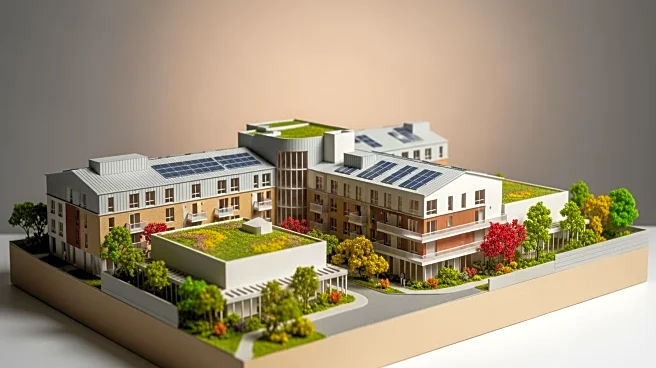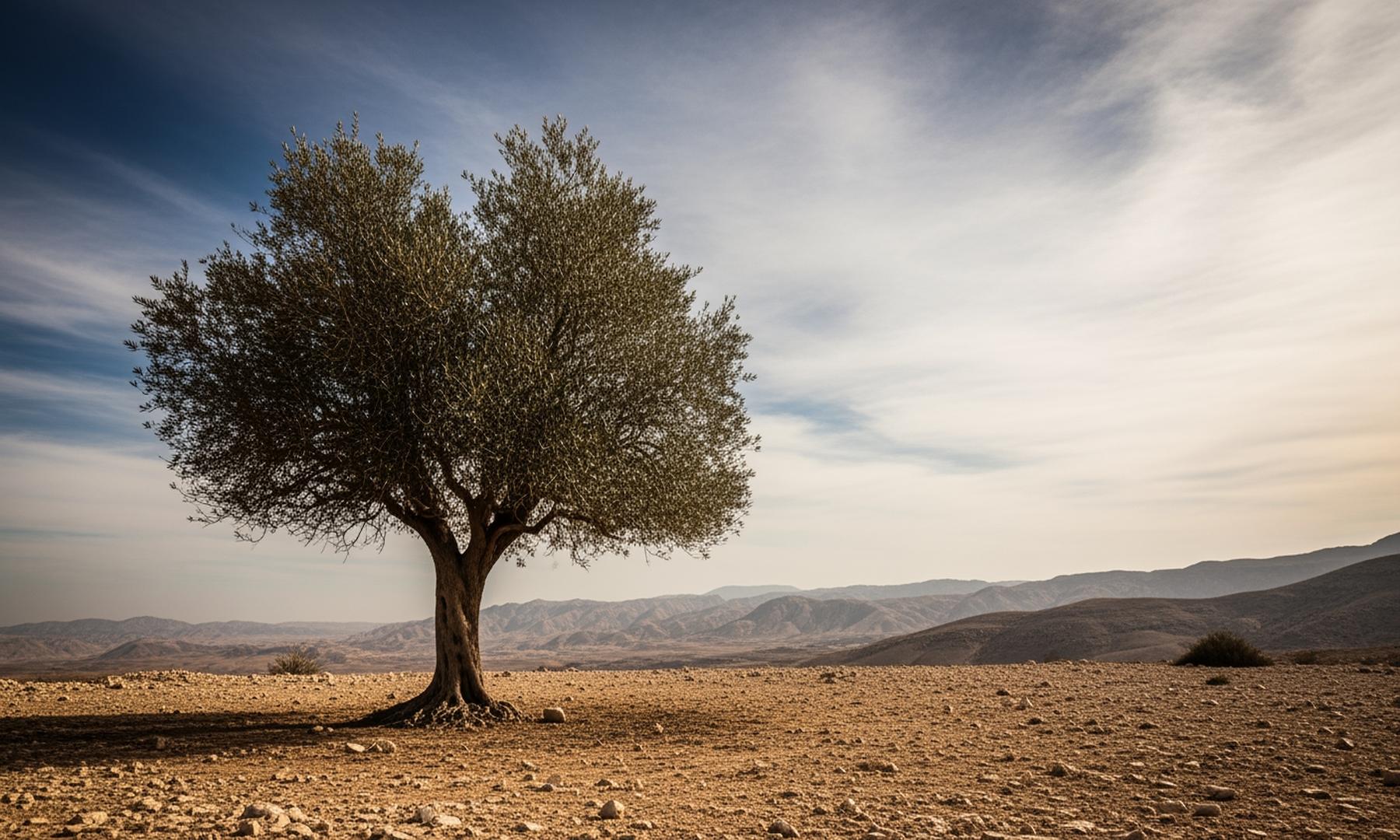What's Happening?
Architecture firm HKS has identified key trends in senior living facilities, emphasizing the importance of sustainability and adaptive reuse. The firm notes that acquisitions of existing communities are prevalent, leading to significant interior refresh
and renovation work. Mergers and acquisitions have also prompted rebranding efforts, aiming to create inviting, homelike spaces. Potential residents, who have invested in environmentally friendly upgrades in their homes, expect similar sustainable investments in the communities they choose. This includes features like solar panels, low-flow fixtures, and Energy Star appliances. Adaptive reuse is a notable innovation, with projects transforming struggling hotels into high-quality assisted living and memory care communities, and revitalizing dated apartment complexes into modern independent living spaces.
Why It's Important?
The trends identified by HKS reflect a growing demand for sustainable and adaptable senior living environments. As the population ages, the need for facilities that offer both comfort and environmental responsibility becomes crucial. The focus on adaptive reuse not only revitalizes existing structures but also addresses the increasing competition and changing demographics in the senior living market. This approach can lead to cost savings and enhanced resident satisfaction, as communities offer modern amenities and sustainable living options. The emphasis on sustainability aligns with broader societal shifts towards eco-friendly practices, potentially influencing public policy and industry standards in senior housing.
What's Next?
The senior living industry may continue to see increased mergers and acquisitions, driving further rebranding and renovation efforts. As municipalities adjust parking regulations, facilities might explore creative landscaping and amenities, enhancing resident experiences. The trend towards adaptive reuse could expand, with more projects transforming underutilized spaces into vibrant senior communities. Stakeholders, including developers and policymakers, may focus on balancing regulatory challenges with innovative design solutions to meet the evolving needs of senior residents.
Beyond the Headlines
The shift towards sustainable and adaptive senior living facilities may have broader implications for urban planning and community development. As these facilities integrate eco-friendly technologies and design, they could serve as models for other sectors, promoting sustainability across industries. The focus on creating homelike environments may also influence cultural perceptions of aging, encouraging a more positive view of senior living communities as places of engagement and wellness.















